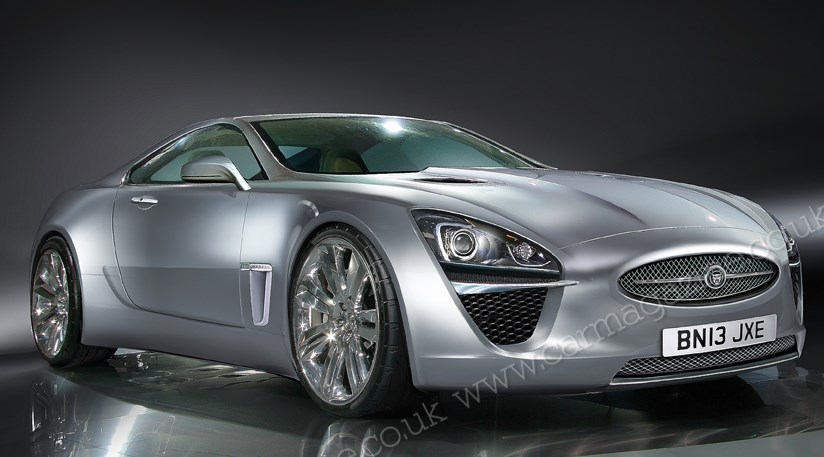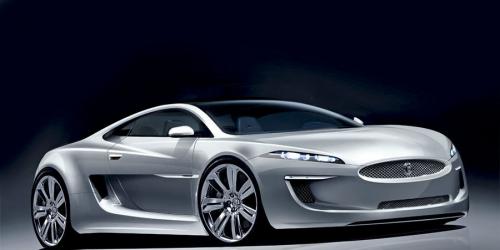 The Jaguar E-Type
The Jaguar E-Type The Jaguar E-Type
The Jaguar E-Type The Jaguar E-Type
The Jaguar E-TypeThe E-Type was introduced to the press by Jaguar’s founder, William Lyons, at the Restaurant Hotel du Parc des Eaux-Vives, a vast French pile of a place set in a park by Lake Geneva. Journalists were taken on a hill-climb course to substantiate claims made for the car’s engine in news releases.
That engine, an in-line 6-cylinder on which Jaguar’s postwar fortunes were built, had its origins in World War II. According to another of the many legends surrounding the car’s creation, it was born of discussions that took place while Lyons (later Sir William) and three key engineers, William Heynes, Walter Hassan and Claude Baily, performed fire warden duties on the lookout for German bombers.
They had long hours to discuss the principles and details of the best engine they could imagine. From these brainstorming sessions emerged the twin-cam XK engine, whose output, durability and smoothness became legendary.
The engine was a world-beater on racetracks in the early 1950s, and because of continuous refinement and development it was still an impressive power plant in 1961. Displacing 3.8 liters and producing 265 horsepower, it gave the E-Type a top speed of 150 m.p.h. and accelerated to 60 m.p.h. in less than seven seconds, according to reviews of the period. (Some credit, of course, goes to the car’s aerodynamic form.)
The E-Type’s price — $5,595 for the roadster and $5,895 for the coupe in the United States, equivalent to about $42,000 today — was about half that of an Aston Martin or a Ferrari.Stylistically, the car appeared to come from the future. With its dramatic oval face and sleek body, as feline and predatory as the Jaguar name promised, it arrived into a world of tailfins like a jet fighter among prop planes.
“It is impossible to overstate the impact the E-Type had when it was unveiled,” said Ian Callum, the design director of Jaguar Cars, who as a young man fell under the spell of the E-Type and the XJ6 sedan.The E-Type was the successor, as its name suggested, to Jaguar’s C-Type and D-Type racecars, both of which had accumulated brilliant competition records, including a string of wins at the 24 Hours of Le Mans in the 1950s.
A moncoque structure — derived from aircraft technology, it did not have a separate ladder-type frame — made the E-Type relatively light. It had disc brakes, an innovation Jaguar had installed on racecars a decade earlier, and a clever suspension that made it agile.The engineering development was directed by Norman Dewis, who worked with Frank England, a tall man known by the wonderful nickname Lofty England. But the person who perhaps brought the most to the car and its legend was Malcolm Sayer, an aerodynamicist who had worked for the Bristol Aeroplane Company in World War II.

































